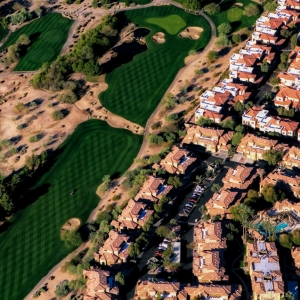Transcript
Welcome to “What’s Up With Water,” your need-to-know news of the world’s water from Circle of Blue. I’m Eileen Wray-McCann.
In Australia, the eastern states of Queensland and New South Wales continue to reel from record-breaking floods. Storms at the end of February and beginning of March unleashed waves of water in the area. All told, the region received the equivalent of 60 percent of its average annual rainfall in just three days. According to a report published last week by the nonprofit group the Climate Council, the floods are one of Australia’s costliest disasters, already totaling $1.5 billion in property damages. The storms were also deadly and disruptive. At least 18 people died and tens of thousands were forced from their homes. Climate Council scientists said the buildup of greenhouse gases played a significant part in this disaster. A warmer atmosphere holds more moisture, which can be released in the intense rain ‘bombs’ that hit eastern Australia. Storms this year were made worse due to the La Nina weather pattern, which favors wetter conditions in the region. But even when La Nina recedes, Australians will still need to be vigilant. The Climate Council noted that as the temperature rises, rainstorms are becoming more intense.
Flood disasters are also a concern in New York City, where a project to protect a heavily populated section of Manhattan reached a milestone recently. At the end of February, workers installed the first of 18 flood gates that will protect 110,000 residents and critical infrastructure from storm surge and rising seas. The East Side Coastal Resiliency Project is a $1.4 billion plan to protect about two and a half miles of Manhattan abutting the East River. The project was conceived after Hurricane Sandy, which inundated the neighborhood in 2012. In addition to the movable 42-foot-long flood gates, the project includes parks, flood walls, berms, and improved public spaces. Construction is scheduled to be completed in 2026.
In Utah, lawmakers ended the 2022 legislative General Session by passing an array of water conservation bills. Their action was compelled by a deep drought in the drying Southwest that is damaging the state’s most treasured natural assets. Last year, the Great Salt Lake plummeted to its lowest depth on record, forcing marinas to close and exposing more of the lake bed to toxic dust storms. The Deseret News reports that Utah lawmakers took notable steps on water conservation. They approved $250 million to install meters on lawn irrigation systems. They added $5 million for a statewide program that pays homeowners to replace their grass with desert-appropriate landscaping. To help the Great Salt Lake, a Republican-sponsored bill would revamp the legal framework for the state’s water rights system. Currently, farmers risk losing their water rights if they don’t irrigate. The new bill would allow them to earmark the water for downstream uses, such as preserving the Great Salt Lake. A separate bill would establish a $40 million trust that would work to conserve water for the benefit of the lake. The bills now go to the desk of Utah’s governor, Spencer Cox, who is expected to sign them.
And that’s “What’s Up With Water,” from Circle of Blue, where water speaks. More water news and analysis await you at circleofblue.org. This is Eileen Wray-McCann – thanks for being here.
Eileen Wray-McCann is a writer, director and narrator who co-founded Circle of Blue. During her 13 years at Interlochen Public Radio, a National Public Radio affiliate in Northern Michigan, Eileen produced and hosted regional and national programming. She’s won Telly Awards for her scriptwriting and documentary work, and her work with Circle of Blue follows many years of independent multimedia journalistic projects and a life-long love of the Great Lakes. She holds a BA and MA radio and television from the University of Detroit. Eileen is currently moonlighting as an audio archivist and enjoys traveling through time via sound.






